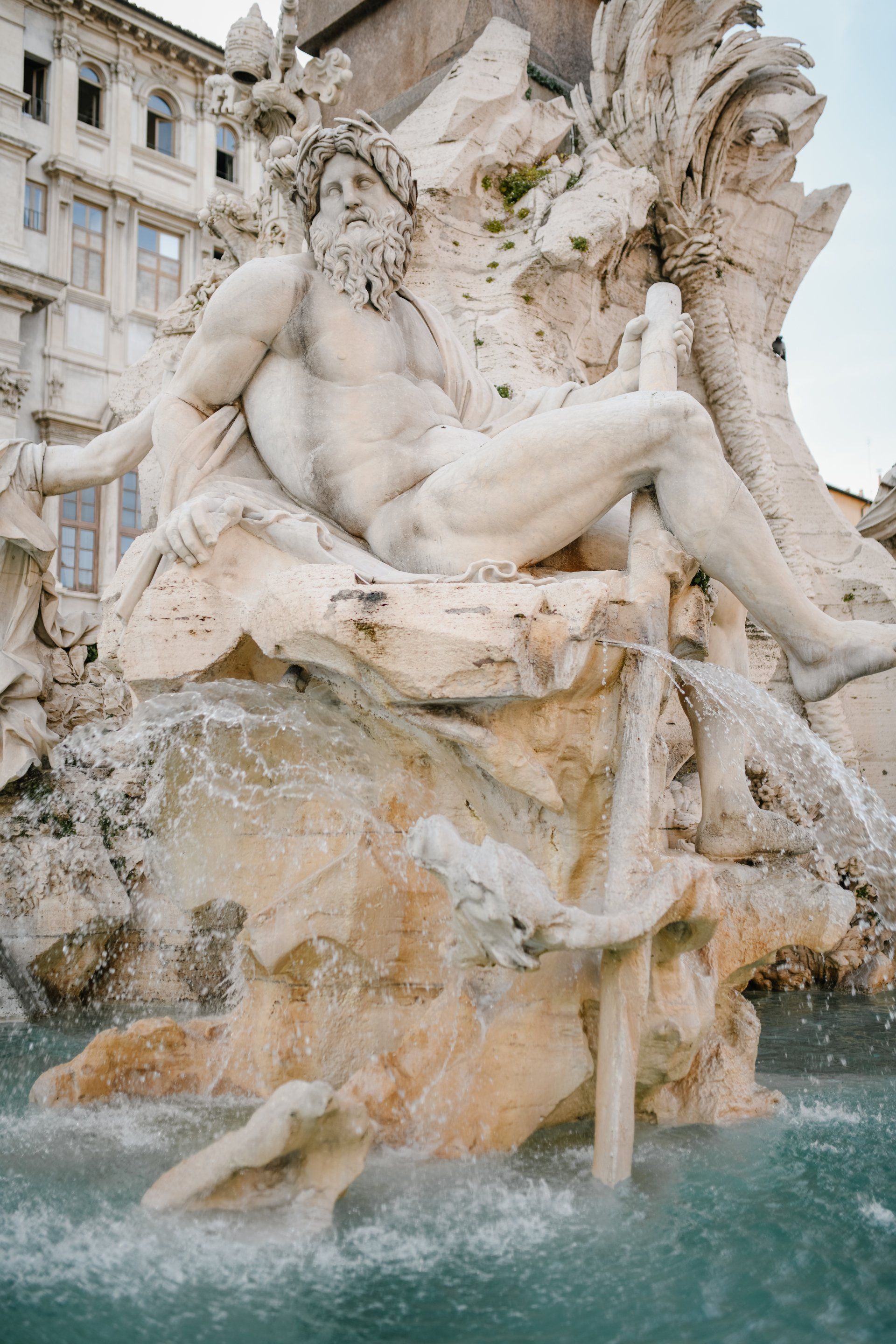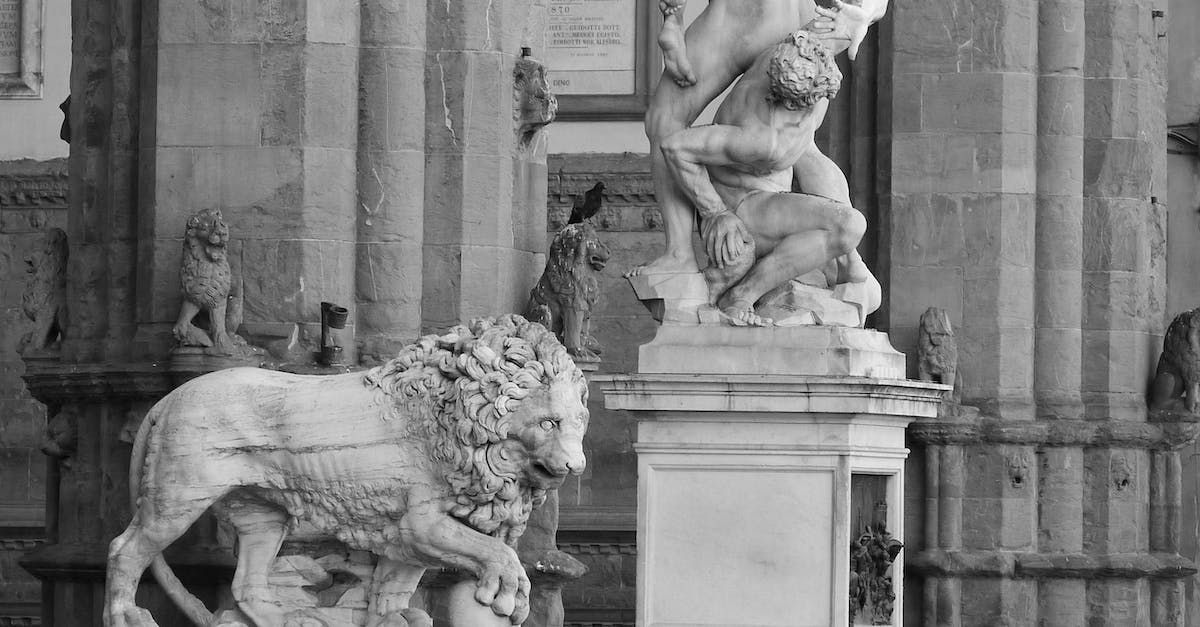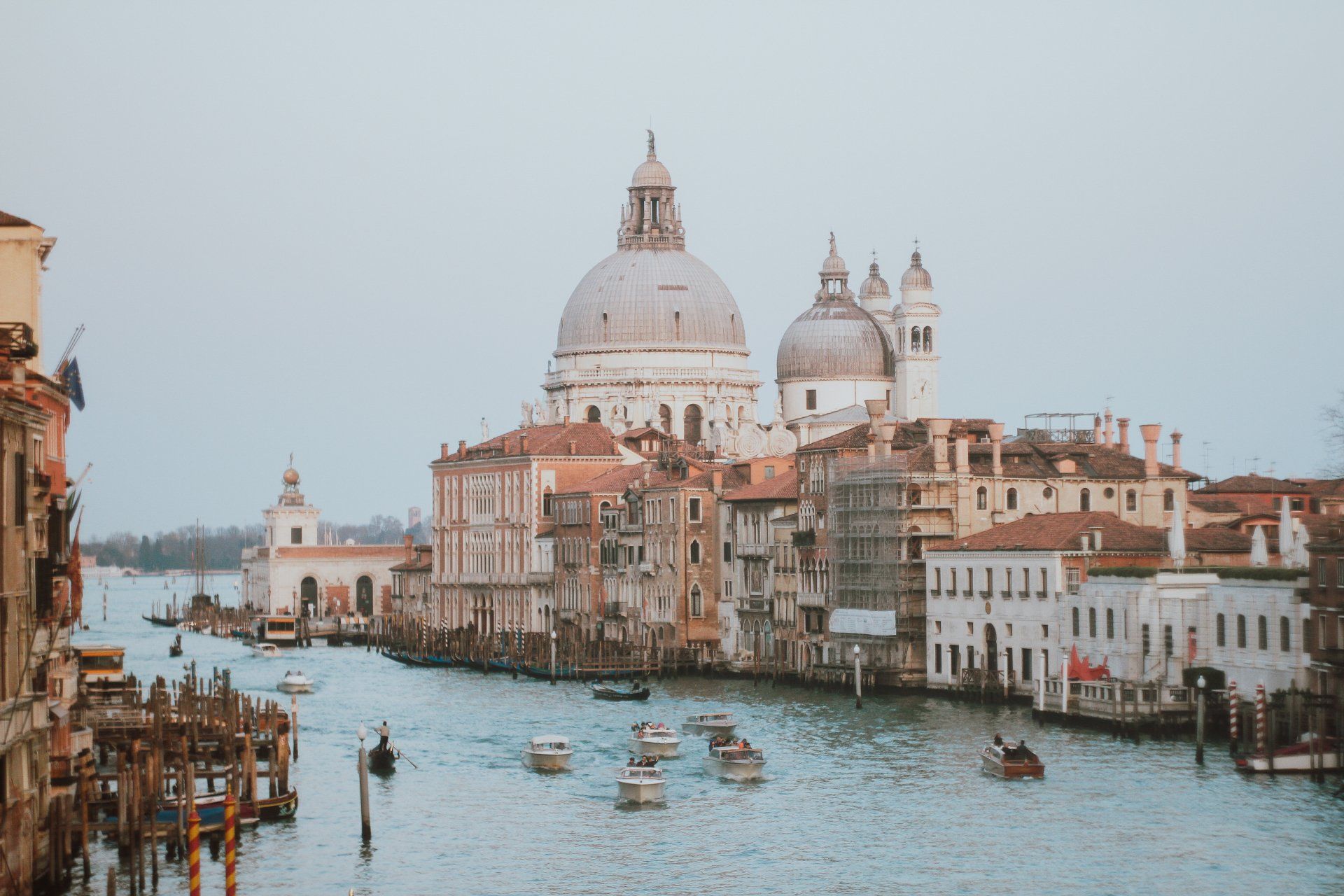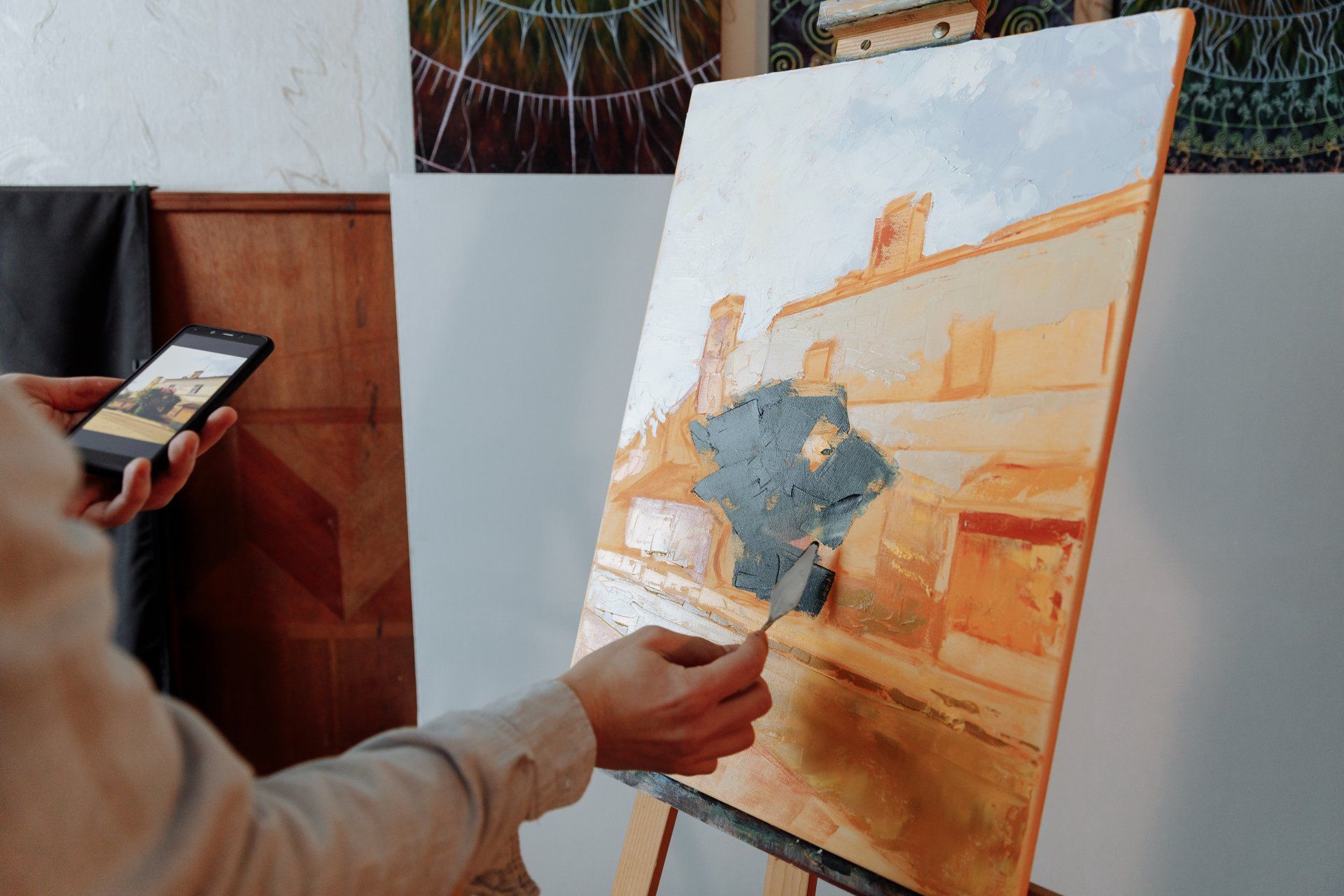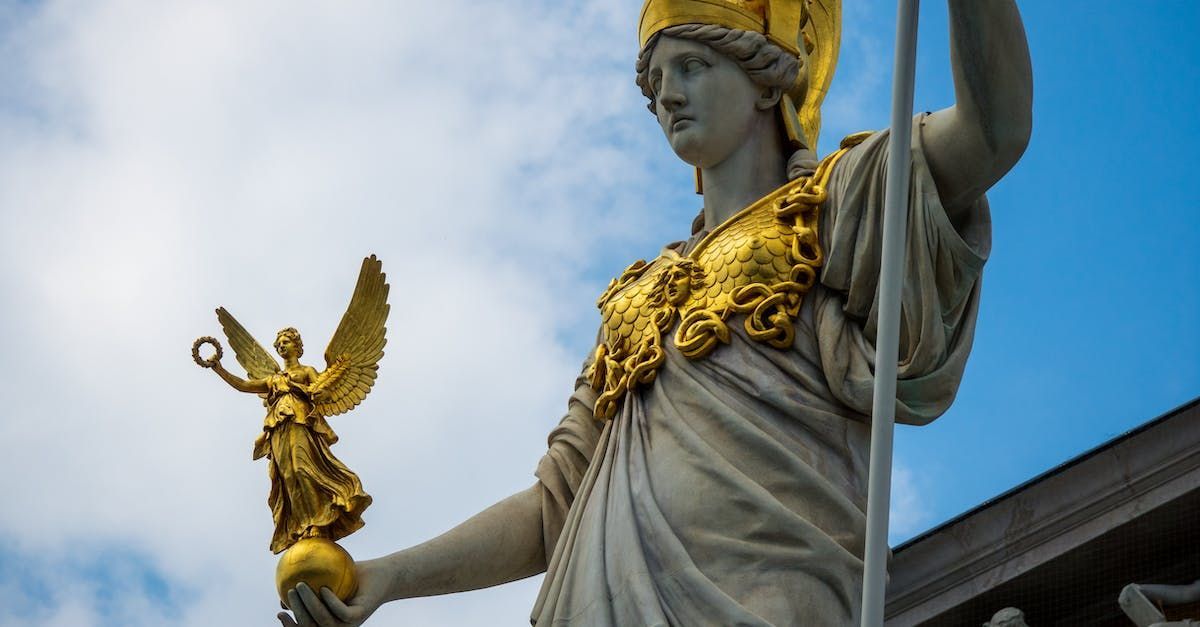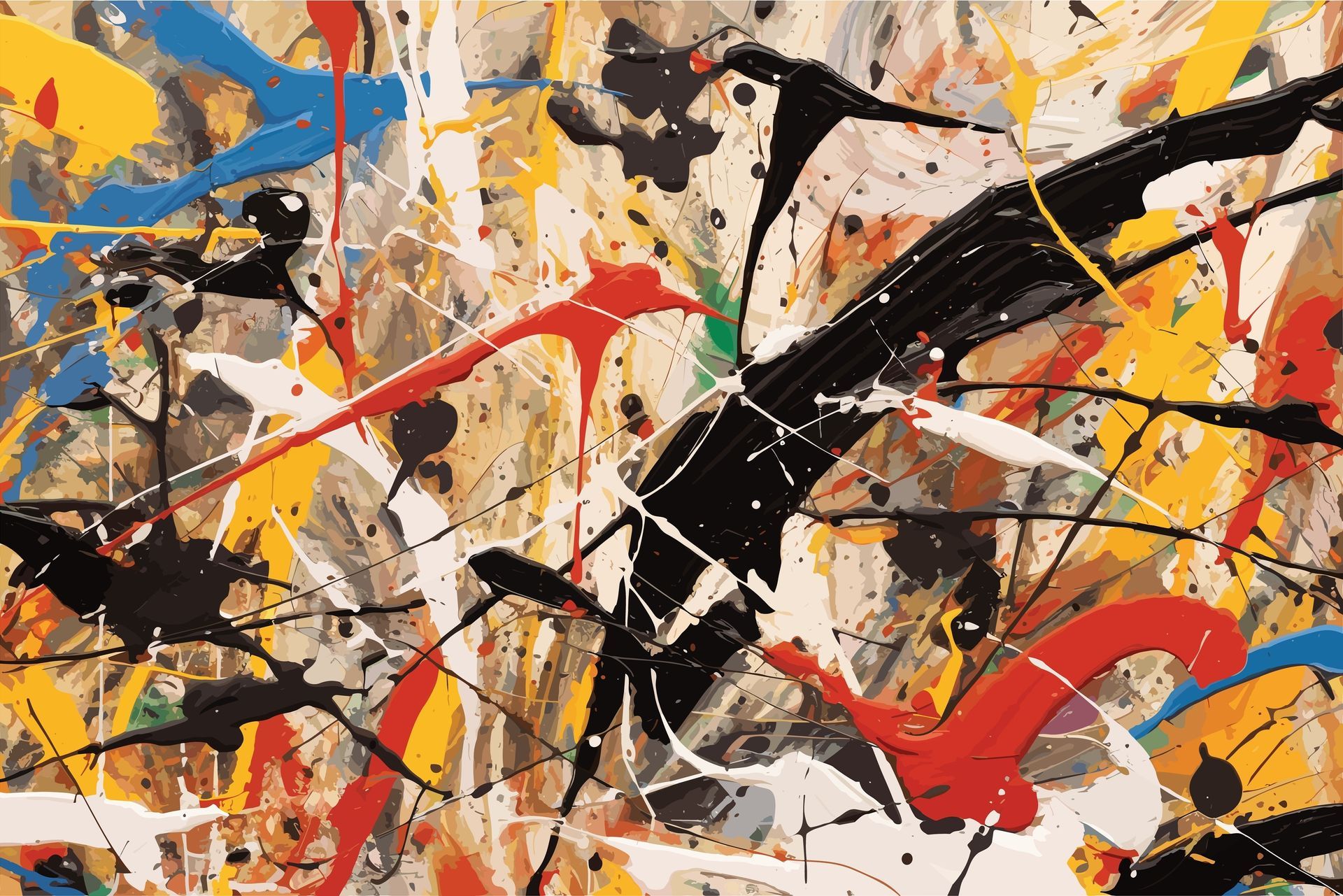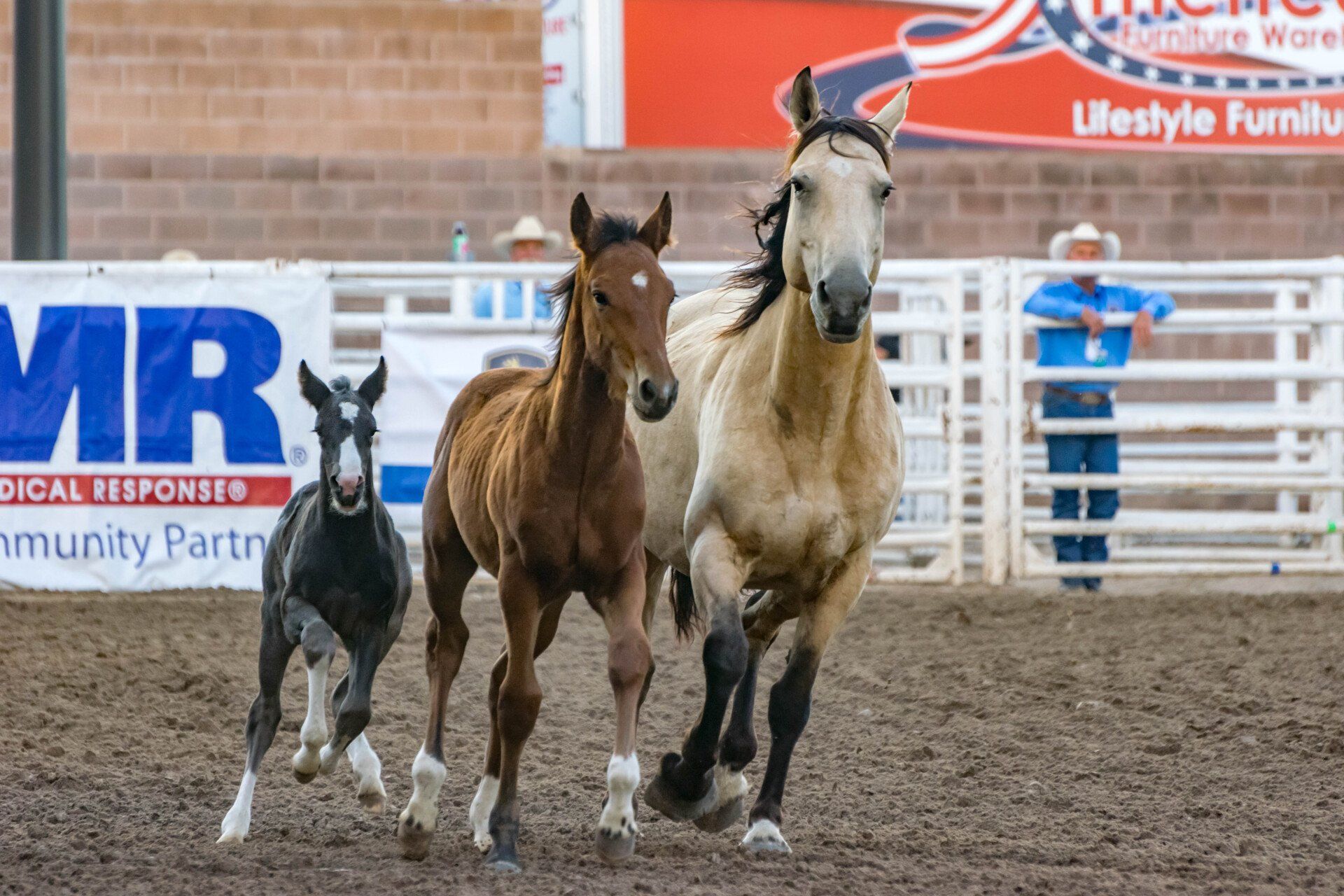Tim Cox
Cowboys, Cattle, and Landscapes

Tim Cox is a renowned artist known for his masterful depictions of cowboys, cattle, and the sweeping landscapes of the American West. His artwork captures the essence of the cowboy era, evoking a sense of nostalgia and showcasing the romance and drama of the Western frontier. This article explores Cox's artistic prowess, his ability to portray the cowboy lifestyle, and the evocative qualities of his paintings.
Masterful Depictions of Cowboys, Cattle, and Landscapes:
Tim Cox's artistic talent shines through his meticulous attention to detail and his ability to capture the spirit of the American West. His paintings showcase the cowboys with authenticity and reverence, highlighting their strength, determination, and connection with the land. Cox's skill in rendering the subtle nuances of cattle and the vastness of the Western landscapes creates a sense of realism that transports viewers to the heart of the cowboy experience.
Conveying Nostalgia and the Romance of the Cowboy Era:
Cox's artwork carries a sense of nostalgia, harkening back to a bygone era when cowboys and the West embodied a spirit of adventure and freedom. His paintings tap into the collective imagination, capturing the romanticized ideals associated with the cowboy way of life. Through his skillful use of lighting, composition, and color, Cox creates an atmosphere that conveys the essence of the cowboy era and draws viewers into a world of captivating stories and untamed landscapes.
Capturing the Drama of the Western Frontier:
The drama and excitement of the Western frontier are hallmarks of Tim Cox's artwork. Whether it's a dramatic cattle drive, a gripping rodeo scene, or a solitary cowboy against a stormy sky, Cox's paintings exude energy and intensity. His ability to capture movement, the play of light and shadow, and the rugged beauty of the Western landscape adds depth and dynamism to his compositions, immersing viewers in the action and emotion of the cowboy era.
Preserving the Legacy of the American West:
Through his artwork, Tim Cox contributes to the preservation and celebration of the legacy of the American West. His paintings serve as visual narratives, telling stories of the cowboys, their challenges, and their triumphs. Cox's work honors the traditions, values, and hardships of the cowboy way of life, ensuring that the spirit of the American West endures through the generations.
Tim Cox's masterful depictions of cowboys, cattle, and the landscapes of the American West capture the nostalgia, romance, and drama of the cowboy era. His paintings transport viewers to a time when the West was untamed and the cowboy held a revered place in American history. Through his exceptional talent and attention to detail, Cox preserves the legacy of the American West and invites us to appreciate the enduring spirit and allure of the cowboy way of life.
